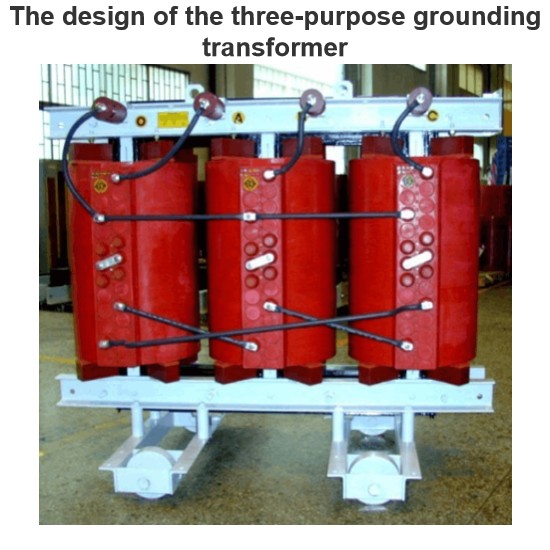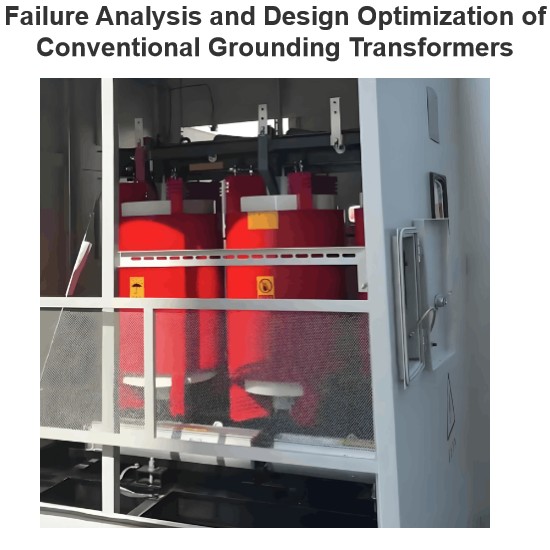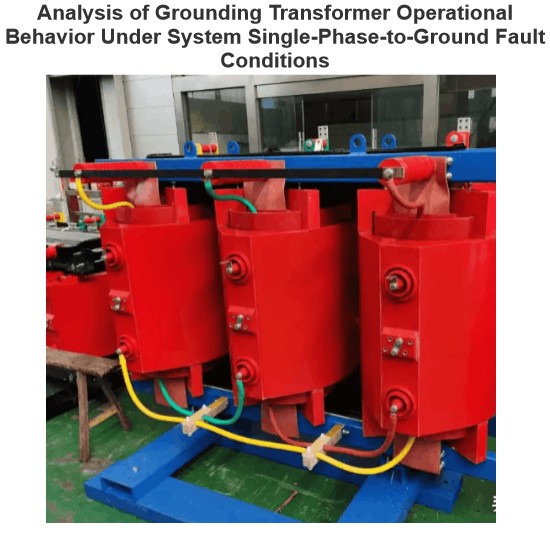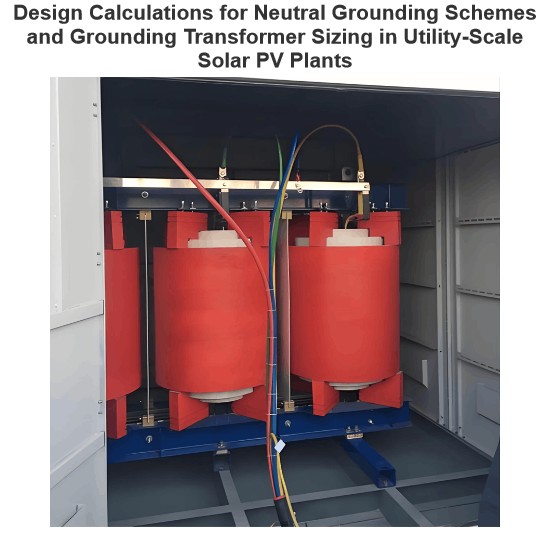What are some applications where an autotransformer is used instead of a normal transformer in substations?
In the substation, the autotransformer can replace the ordinary transformer in some cases, and its application mainly has the following aspects:
First, power transmission
Increase voltage level
In long-distance power transmission, in order to reduce line losses, it is necessary to increase the voltage level. The autotransformer can easily increase or decrease the voltage to meet the power transmission needs of different voltage levels. For example, when transporting electrical energy from a power plant to a distant load center, an autotransformer can be used to increase the voltage to a higher level, such as from 110kV to 220kV or more, to reduce line current and reduce transmission losses.
Because part of the winding is shared, the loss of the autotransformer is smaller and the efficiency is higher than that of the ordinary transformer. This is of great significance for improving the economy of power transmission.
Contact different voltage levels of the grid
Substations usually need to connect different voltage levels of the grid to achieve the distribution and transmission of electricity. The autotransformer can be used as a liaison transformer to connect two different voltage levels of the power grid to achieve mutual transmission and regulation of electric energy. For example, in a hub substation, it may be necessary to connect the power grid of two voltage levels of 500kV and 220kV, and the autotransformer can perform voltage conversion and power transmission between the two voltage levels, playing a role of liaison and coordination.
The capacity of the autotransformer can be flexibly selected according to the actual needs to meet the contact needs of different scale power grids. At the same time, its structure is relatively compact, occupying a small area, suitable for use in substations with limited space.
Second, reactive power compensation
Adjust reactive power
In power system, reactive power balance is very important to maintain voltage stability and improve power quality. The autotransformer can adjust the reactive power in the system by adjusting the tap and changing the reactance value of the transformer. For example, when there is excess reactive power in the system, the tap of the autotransformer can be appropriately reduced to increase the reactance value and absorb the excess reactive power. When the reactive power in the system is insufficient, the high connector can be raised to reduce the reactance value and provide the required reactive power.
This reactive power regulation function can improve the stability and reliability of the power system and reduce the occurrence of voltage fluctuations and power factor decline.
Improved power factor
Autotransformers can be used in conjunction with reactive power compensation devices (such as capacitor banks, reactors, etc.) to improve the power factor of the power system. The power factor of the system can be close to 1, the utilization efficiency of electric energy can be improved, and the line loss and electricity cost can be reduced by selecting the tap of the autotransformer and the capacity of the reactive power compensation device reasonably. For example, in the substation of industrial enterprises, suitable autotransformers and reactive power compensation devices can be selected according to the characteristics of load and power factor requirements to achieve optimal control of power factor.
3. Special applications
Limiting short circuit current
In some cases, it may be necessary to limit the short circuit current in the power system to protect the electrical equipment and improve the safety of the system. The autotransformer can change the impedance value of the transformer by adjusting the tap, so as to limit the size of the short circuit current. For example, in a substation with a large short circuit current, an autotransformer tap with a high impedance can be selected to reduce the level of short circuit current and avoid damage to electrical equipment due to excessive short circuit current.
In addition, the autotransformer can also be used with other current limiting devices (such as current limiting reactors) to further improve the short-circuit current limiting effect.
Emergency backup power supply
The autotransformer can be used as an emergency backup power supply, which can be put into operation quickly when the main transformer fails or is overhauled to ensure uninterrupted power supply of the power system. Because the structure of the autotransformer is relatively simple, the startup speed is fast, and the power supply can be restored in a short time, reducing the power failure time and loss. For example, in some important substations, an autotransformer is equipped as an emergency backup power supply to improve the reliability and stability of the system.
In short, in substations, autotransformers have certain advantages in power transmission, reactive power compensation and special applications, and can replace ordinary transformers in some cases, providing protection for the safe, stable and efficient operation of the power system.
The Electricity Encyclopedia is dedicated to accelerating the dissemination and application of electricity knowledge and adding impetus to the development and innovation of the electricity industry.













